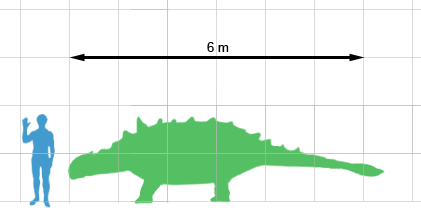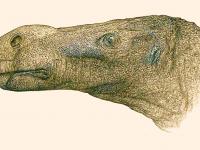Euoplocephalus

Euoplocephalus is a dinosaur which lived approximately 70 million years ago during the late Cretaceous Period. It was first discovered by paleontologist Lawrence Morris Lambe near Red Deer River in Alberta, Canada in 1897. It was named Stereocephalus in 1902, but that name was already taken by an insect species, so it was renamed Euoplocephalus in 1910. It’s name means “well armored head.”
The first fossil of Euoplocephalus was found in 1897 in Alberta. In 1902, it was named Stereocephalus, but that name had already been given to an insect, so it was changed in 1910. Later, many more ankylosaurid remains were found from the Campanian of North America and often made separate genera. In 1971, Walter Coombs concluded that they all belonged to Euoplocephalus which then would be one of the best-known dinosaurs. Recently however, experts have come to the opposite conclusion, limiting the authentic finds of Euoplocephalus to about a dozen specimens. These include a number of almost complete skeletons, so much is nevertheless known about the build of the animal.
Euoplocephalus was about five to six meters long and weighed over two tons. Its body was low-slung and very flat and wide, standing on four sturdy legs. Its head had a short drooping snout with a horny beak to bite off plants that were digested in the large gut. Like other ankylosaurids, Euoplocephalus was largely covered by bony armor plates, among them rows of large high-ridged oval scutes. The neck was protected by two bone rings. It could also actively defend itself against predators like Gorgosaurus using a heavy club-like tail end.










